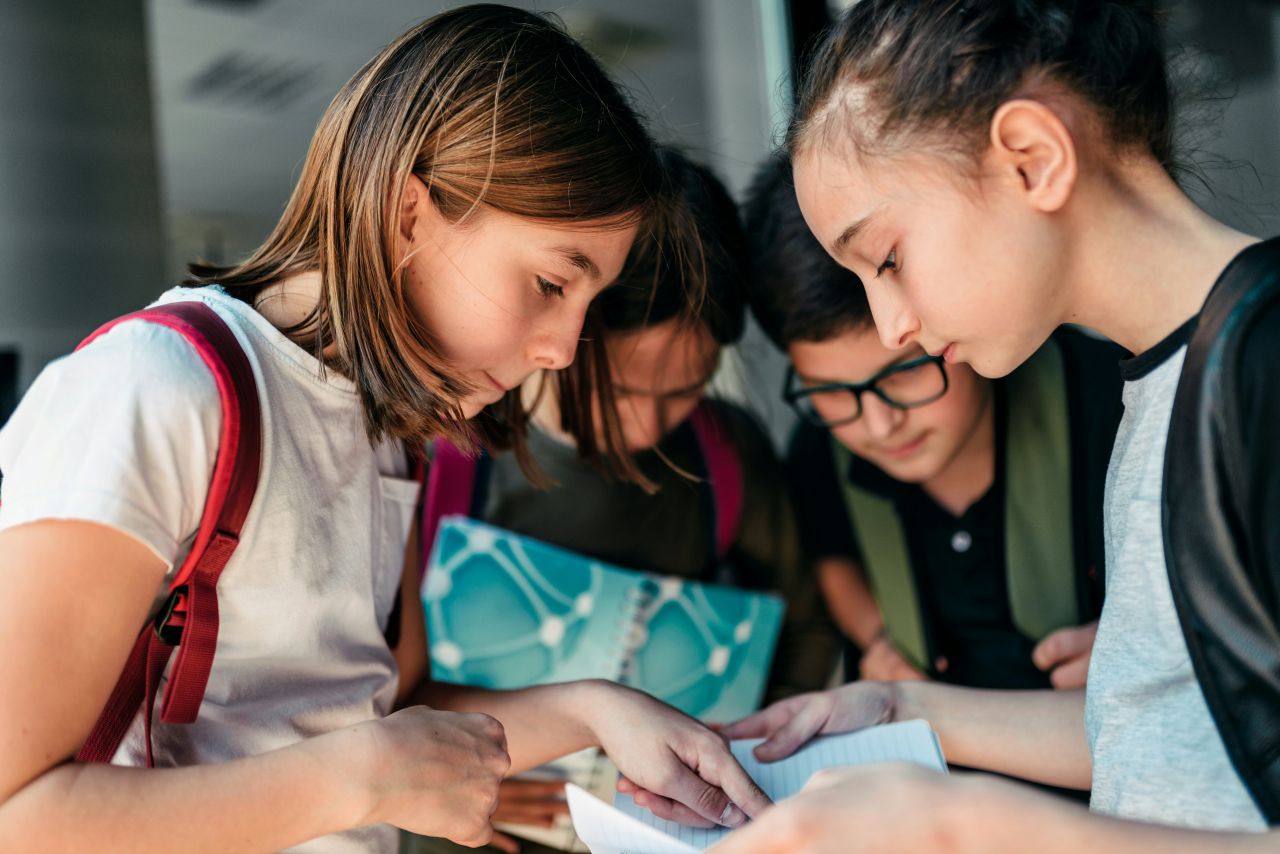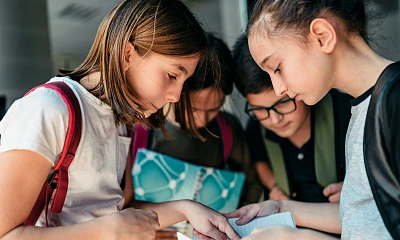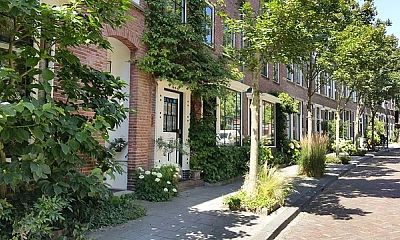How do we learn?
The field of pedagogy and didactics revolves around how teaching methods can contribute to sustainable development. This places a special demand on teachers and lecturers. It is essential to discuss with each other how we view this as individuals and how we can reflect and strengthen each other as a team. These complex times, in which change is occurring at an increasingly rapid pace, demand teaching methods that stimulate and sustain young people's curiosity and motivation. How do you organize this as a school?
Pedagogy is about the relationship between the teacher and the pupils or students. How do you, as an educational professional, contribute to the development of pupils and students as individuals? It's not just about what you teach, but how you do it: with attention, engagement, and the ability to create a safe and meaningful learning environment. Within the context of sustainability issues, this also means approaching pupils and students with an open, curious attitude. Those who teach about a sustainable world must set a good example. Credibility arises when you demonstrate that you act according to the values you convey. At the same time, pedagogical practice also requires dialogue—listening to what students find important, allowing space for their perspectives, and collectively giving meaning to sustainable themes.
Didactics is about how you shape learning: the teaching methods, learning activities, and learning environment you use to engage students in the learning process actively. Considering sustainability issues, this means giving students the space to explore what they find essential and guiding them in developing the skills to act for a sustainable future. Learning for the future requires different pedagogies and competencies than traditional education. Sustainability is not only a substantive theme but also a tool for introducing a new form of learning. Think of inquiry-based and design-based learning, project-based learning, collaborating on real-world issues, and learning beyond the classroom walls. This encourages ownership, critical thinking, and agency—skills that students need in a world in transition. Go to tools ...




